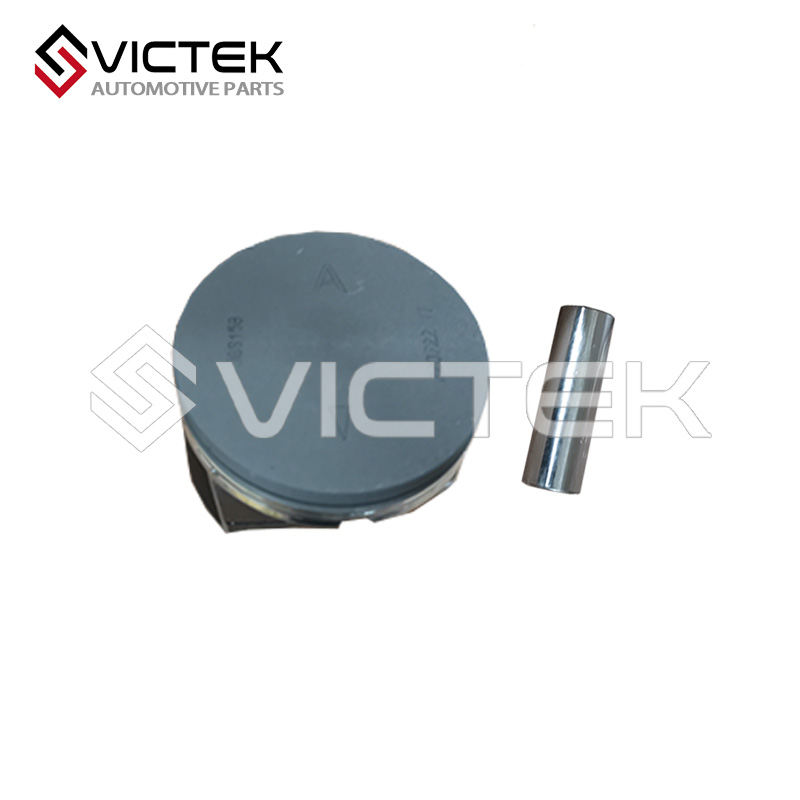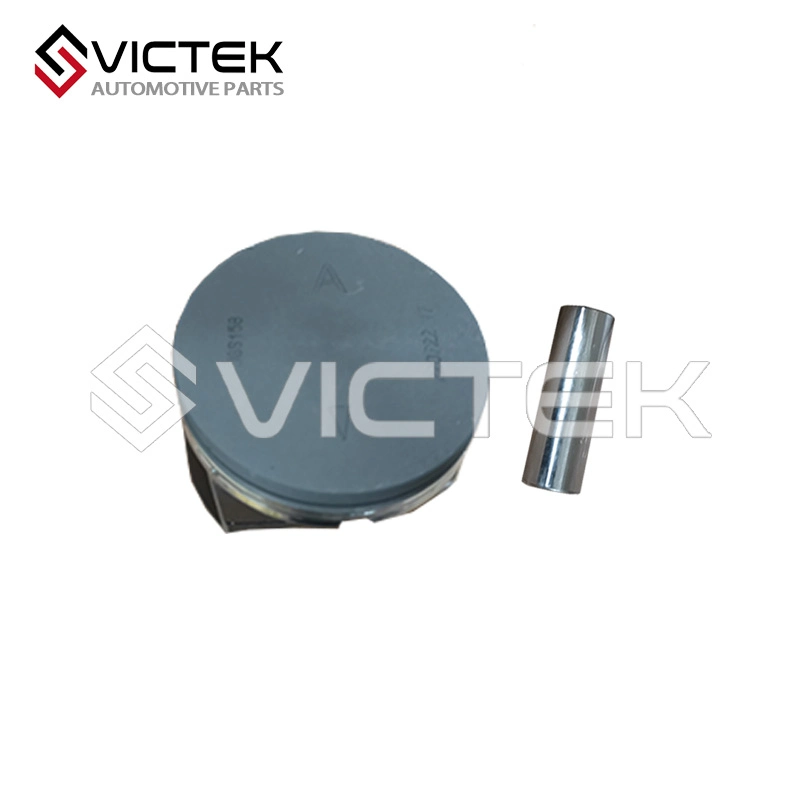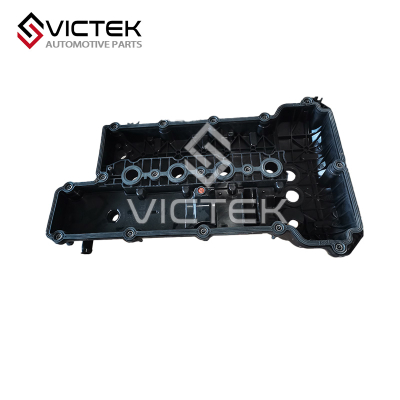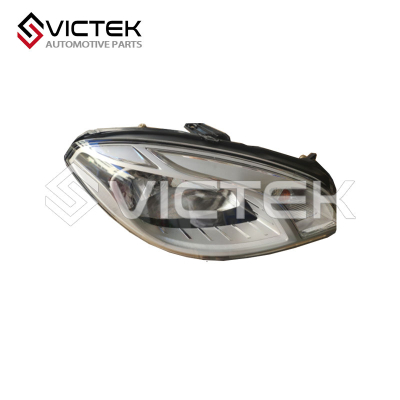484Q-11-102-T
Haima S7 Piston (Part No.: 484Q-11-102-T)
Energy conversion: Translates the force of fuel combustion into linear motion (piston up/down), which the connecting rod and crankshaft turn into rotational motion (to drive the wheels).
Cylinder sealing: With piston rings, it seals the gap between the piston and cylinder wall—prevents combustion gases from leaking into the engine oil pan (maintains pressure for power) and stops engine oil from entering the combustion chamber (avoids oil burning and smoke).
Cycle facilitation: Moves up to compress the air-fuel mixture (preparing for combustion) and push exhaust gases out of the cylinder (clearing space for the next cycle).
Fits These: All Haima S7 variants equipped with the 484Q engine (matches cylinder bore, piston ring size, and crankshaft alignment—confirm via VIN).
Won’t Fit These:
Haima S7 with non-484Q engines: Different cylinder bore sizes, piston heights, or wrist pin positions (piston won’t fit or connect to the connecting rod).
Other Haima models: Like S5, M6, or F7—different engine designs (e.g., cylinder count, bore diameter) make the piston incompatible.
Non-Haima vehicles: Even if the size looks similar, their engine’s compression ratio, piston ring specs, and heat requirements differ (causes poor performance or engine damage).
Prep: Drain engine oil and coolant, remove the engine head, and extract the old piston/connecting rod assembly from the cylinder.
Inspect & Clean: Check the cylinder wall for scratches or wear (hone or replace if damaged). Clean the new piston and install piston rings (ensure correct orientation—marked side up).
Install New Piston: Lubricate the piston and cylinder wall with engine oil. Use a piston ring compressor to squeeze the rings, then carefully lower the piston into the cylinder (align the wrist pin with the connecting rod). Tighten the connecting rod bolts to Haima’s exact torque specs (over-tightening bends the rod; under-tightening causes looseness).
Reassemble & Test: Reinstall the engine head, refill oil/coolant, and start the engine. Check for abnormal noise (sign of misalignment), oil leaks, or low compression (sign of ring seal issues).
Change oil regularly: Follow Haima’s schedule (5,000–7,500 km)—old oil loses lubrication ability, increasing friction between the piston and cylinder wall.
Use the right fuel: Always use fuel with the octane rating recommended for the 484Q engine (low-octane fuel causes detonation—shocks the piston and leads to cracks).
Avoid overheating: Keep the engine coolant at the correct level and replace a faulty thermostat promptly—overheating weakens the piston’s material and damages piston rings.
Check compression yearly: A compression test reveals piston ring wear or cylinder leaks (low compression means the piston isn’t sealing properly—needs inspection/replacement).
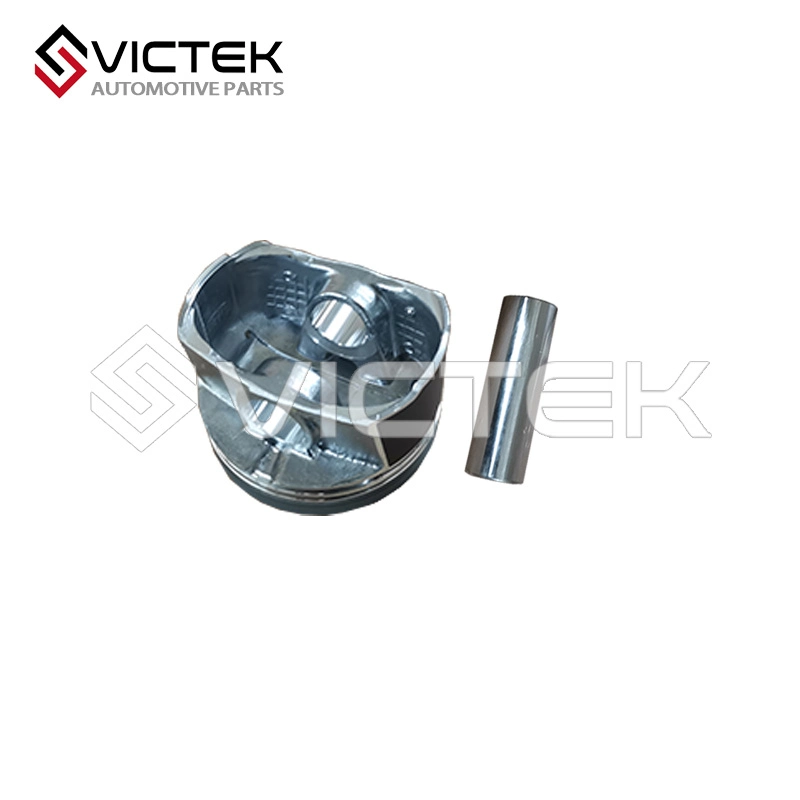
Fits: All Haima S7 variants with the 484Q engine (matches cylinder bore, piston ring size, and crankshaft alignment; confirm via VIN).
Won’t Fit: Haima S7 with non-484Q engines (mismatched bore/height), other Haima models (e.g., S5, M6, F7) with different engine designs, or non-Haima vehicles (incompatible compression ratio/heat requirements).
Energy conversion: Turns combustion force into linear piston motion, which the connecting rod/crankshaft converts to rotational motion for the wheels.
Cylinder sealing: With piston rings, prevents combustion gas leakage (maintains power pressure) and stops engine oil from entering the combustion chamber (avoids oil burning/smoke).
Cycle facilitation: Moves up to compress the air-fuel mixture (for combustion) and pushes exhaust gases out (clears the cylinder for the next cycle).
Requires certified technicians (4–6 hours): Involves draining oil/coolant, removing the engine head, inspecting cylinder walls (hone/replace if damaged), installing piston rings (correct orientation), using a ring compressor to fit the piston into the cylinder, and tightening connecting rod bolts to Haima’s torque specs.
Post-install test: Reassemble the engine, refill fluids, and check for abnormal noise, leaks, or low compression (signs of misalignment/seal issues).
Contact us

